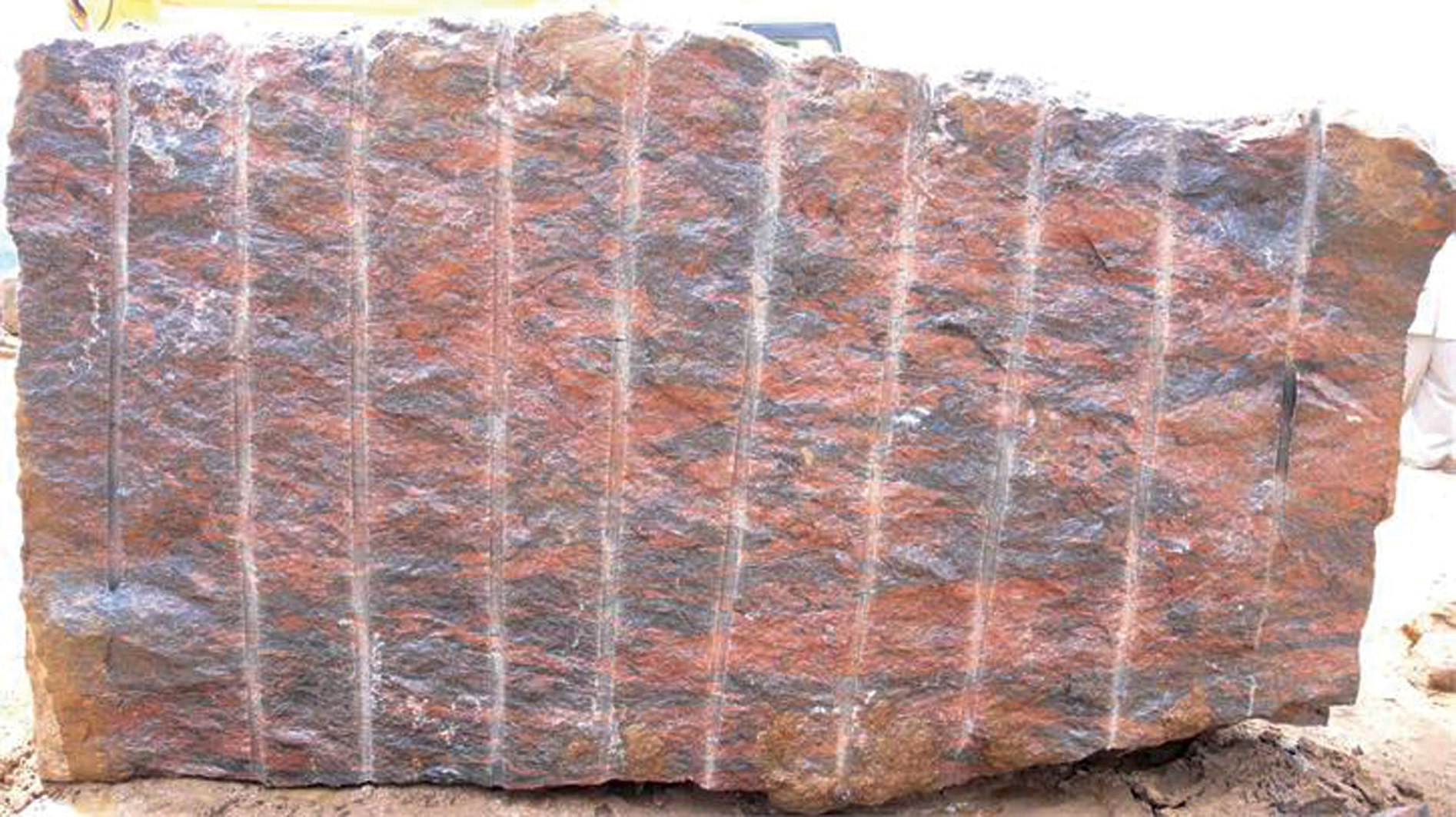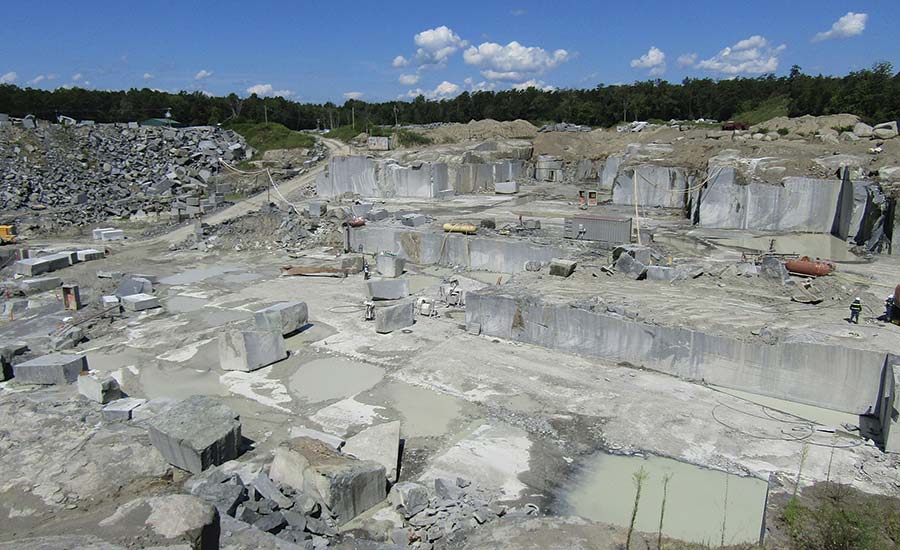Opening Natural Treasures: Granite Quarries in South Africa Unveiled
Opening Natural Treasures: Granite Quarries in South Africa Unveiled
Blog Article
Uncovering the Rich Background and Lasting Practices of Granite Quarrying
As we depend on the precipice of uncovering the elaborate tapestry of granite quarrying, a journey via time reveals not just the physical act of extracting stone yet additionally the cultural and historical importance woven into the really material of this technique. From the old origins that laid the structure for contemporary quarrying techniques to the lasting practices that are forming the future of this sector, each chisel mark on granite surface areas informs a tale waiting to be unearthed (granite quarries in south africa). The heritage of granite quarrying stretches much beyond mere removal; it is a testimony to human ingenuity, resilience, and the enduring allure of this stunning rock
Ancient Origins of Granite Quarrying
Dating back to old civilizations, the technique of quarrying granite has actually been an integral part of human background and building innovation. The earliest proof of granite quarrying go back to ancient Egypt, where large pyramids and complex sculptures were crafted from this resilient stone. The Egyptians utilized primitive tools to extract granite blocks from quarries, showcasing the value of this material in their significant constructions.
Progressing in history, the Greeks likewise made substantial payments to the quarrying of granite. The Greeks utilized granite in various building wonders, such as holy places and sculptures, showing their ability in shaping and carving this sturdy stone. The Romans better improved the strategies of quarrying granite, utilizing sophisticated tools like knives and hammers to remove and form granite for their iconic structures.
With the centuries, the technique of quarrying granite has actually evolved, with contemporary technologies improving effectiveness while maintaining the ageless charm of this all-natural rock - granite quarries in south africa. From old worlds to modern home builders, the heritage of granite quarrying continues to shape our world
Evolution of Quarrying Techniques
The evolution of quarrying methods has actually been marked by a continuous progression towards better effectiveness and accuracy in drawing out granite. Early quarrying strategies included hand-operated labor with fundamental tools such as knives, hammers, and wedges to remove granite blocks from the planet.
In more current times, the development of equipment reinvented the quarrying sector, making it possible for faster removal rates and boosted performance. Technologies such as ruby wire saws, high-pressure water jets, and pneumatically-driven drills have ended up being common in contemporary quarries, enabling for exact cutting and minimized waste. In addition, innovations in computer-controlled devices and 3D modeling have actually enhanced click to read quarrying operations, causing marginal environmental effect and improved sustainability methods. As the need for granite remains to increase, the evolution of quarrying techniques continues to be important to meeting industry needs efficiently and sustainably.
Social Value of Granite
Granite holds an extensive social relevance across various civilizations due to its long-lasting presence in building work of arts and revered monoliths. The cultural relevance of granite expands beyond its physical characteristics; it personifies resilience, security, and eternity, making it a symbol of withstanding legacies and traditions.

Lasting Practices in Quarrying
Amidst the abundant history of granite quarrying and its cultural significance lies an expanding emphasis on lasting techniques within the market. As environmental recognition and issues concerning resource depletion have actually heightened around the world, the quarrying field has actually progressively accepted sustainable techniques to lessen its effect on the setting and bordering neighborhoods.

Moreover, recovery and recovery of quarry websites post-extraction are integral to lasting techniques. By recovering quarried areas to an all-natural or advantageous state, such as creating wild animals habitats or entertainment areas, quarriers can offset the ecological footprint of their operations and contribute favorably to the neighborhood community.
Legacy of Granite Quarrying
With a historical background steeped in craftsmanship and commercial development, what sustaining effect has granite quarrying left on the landscape of modern culture? The heritage of granite quarrying transcends simple extraction methods; it has actually shaped architectural marvels, city landscapes, and cultural heritage worldwide. The sturdy nature of granite has made it a favored option for monoliths, buildings, and facilities, standing as a other testimony to the skill and artistry of quarry employees throughout generations.
Additionally, the economic footprint of granite quarrying can not be ignored. The sector proceeds to provide employment opportunities and drive local economies in regions where granite extraction prevails. It has additionally spurred technical advancements in quarrying strategies and equipment, leading to extra effective and lasting techniques.
In terms of sustainability, the legacy of granite quarrying includes initiatives to mitigate ecological influences via recovery jobs and responsible resource management. By balancing financial passions with environmental stewardship, the market strives to ensure that future generations can proceed to benefit from this enduring natural source.
Conclusion

Report this page